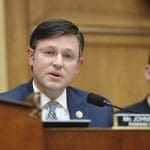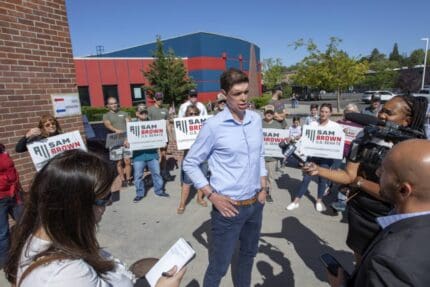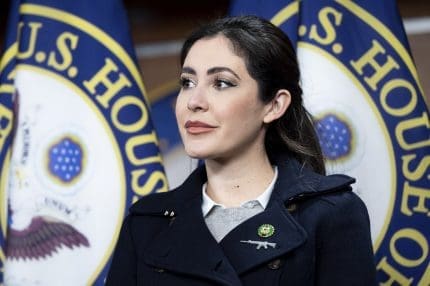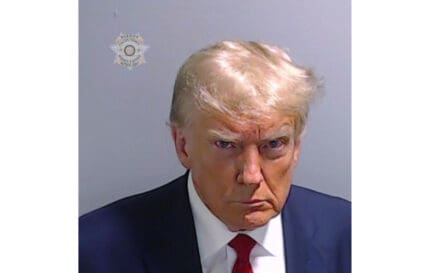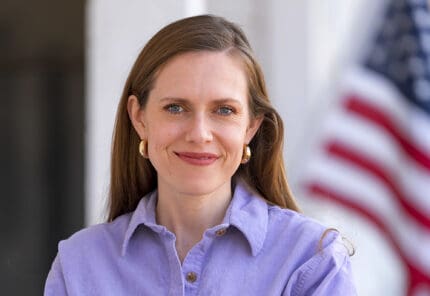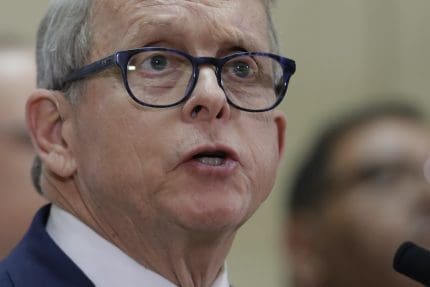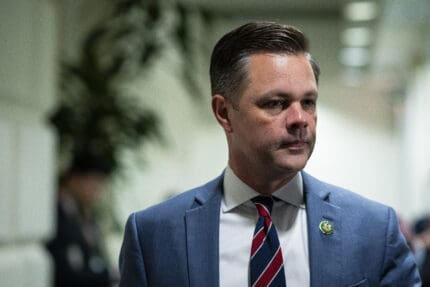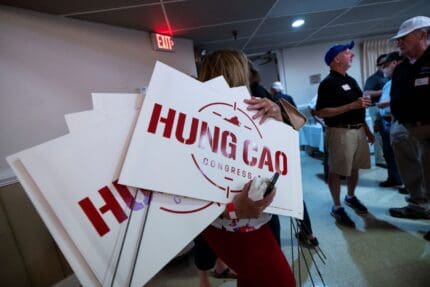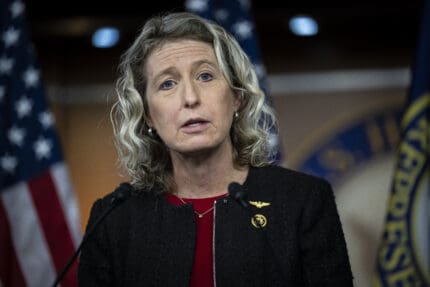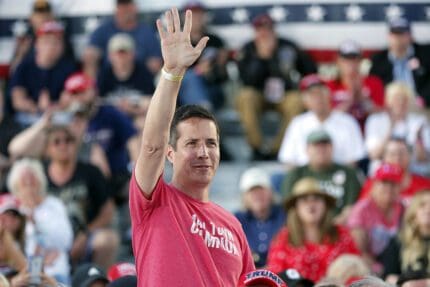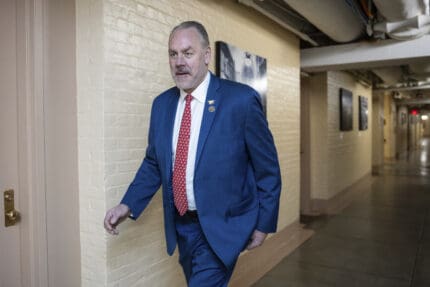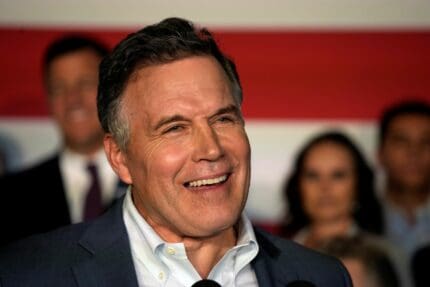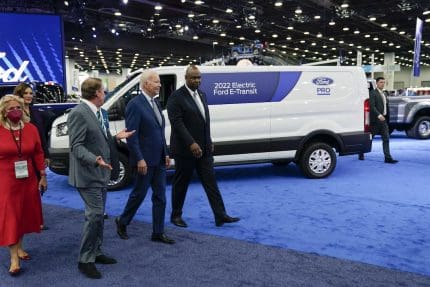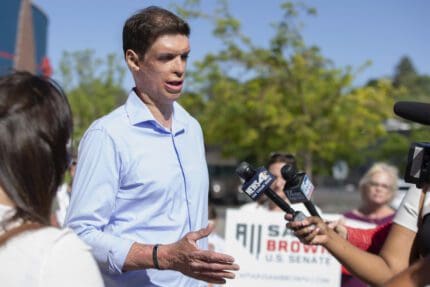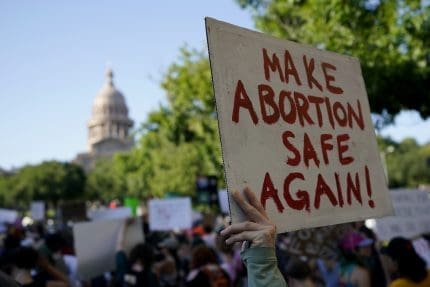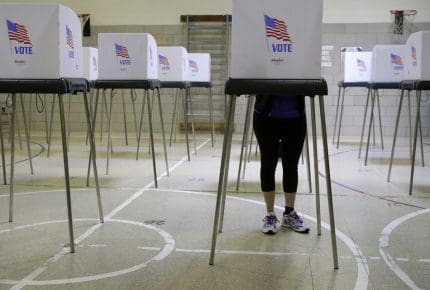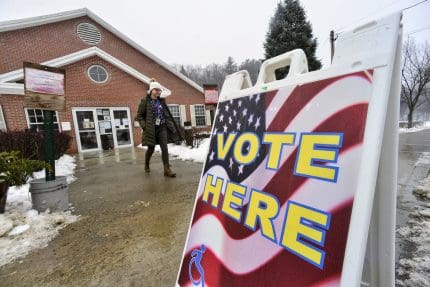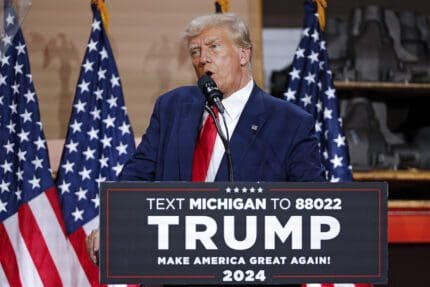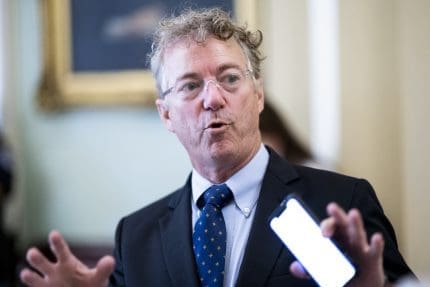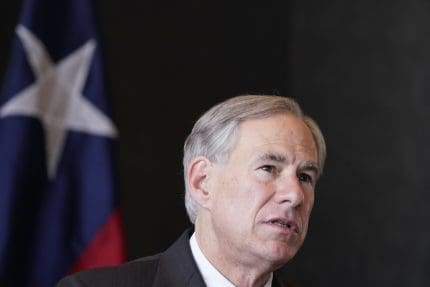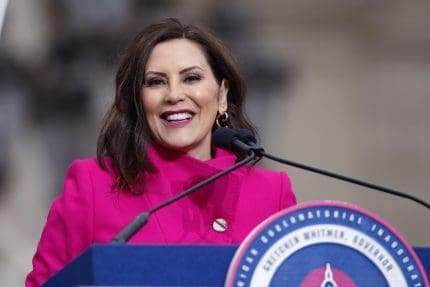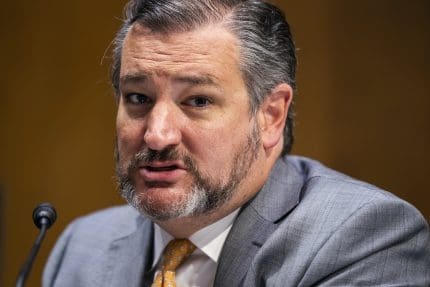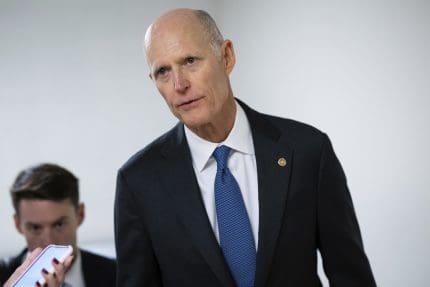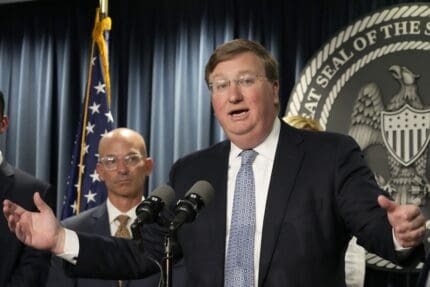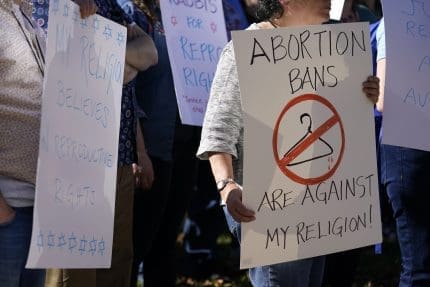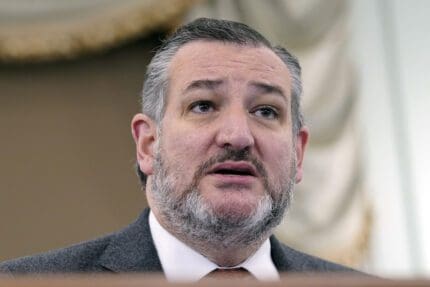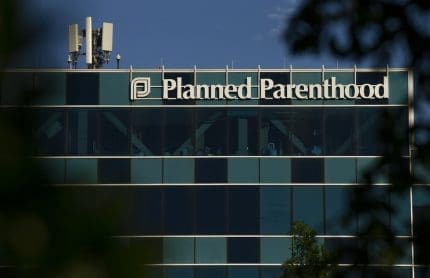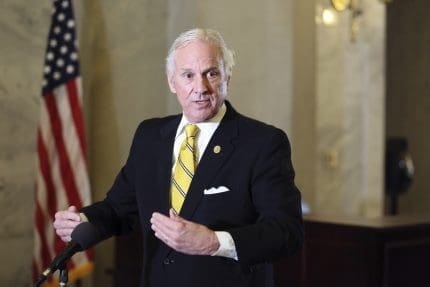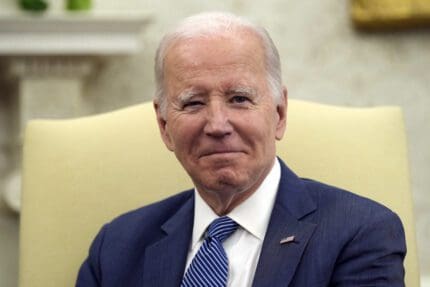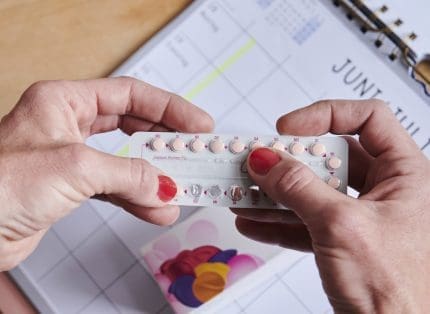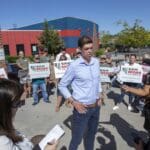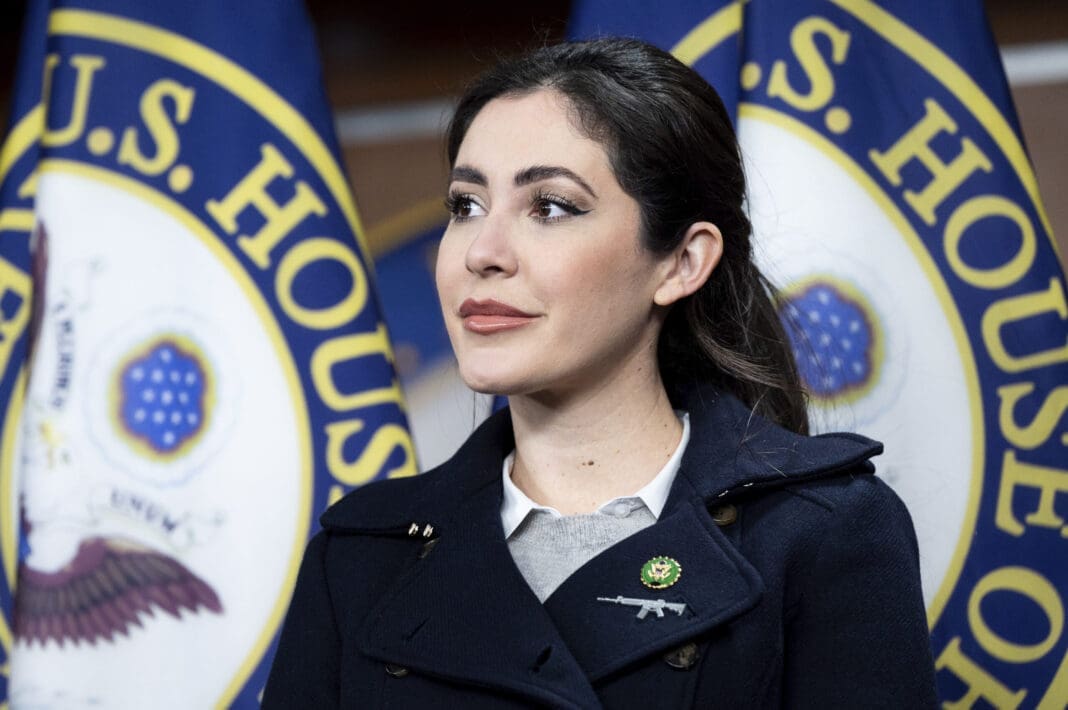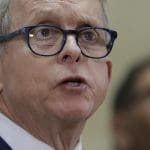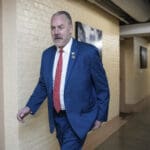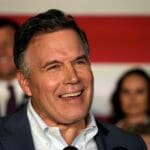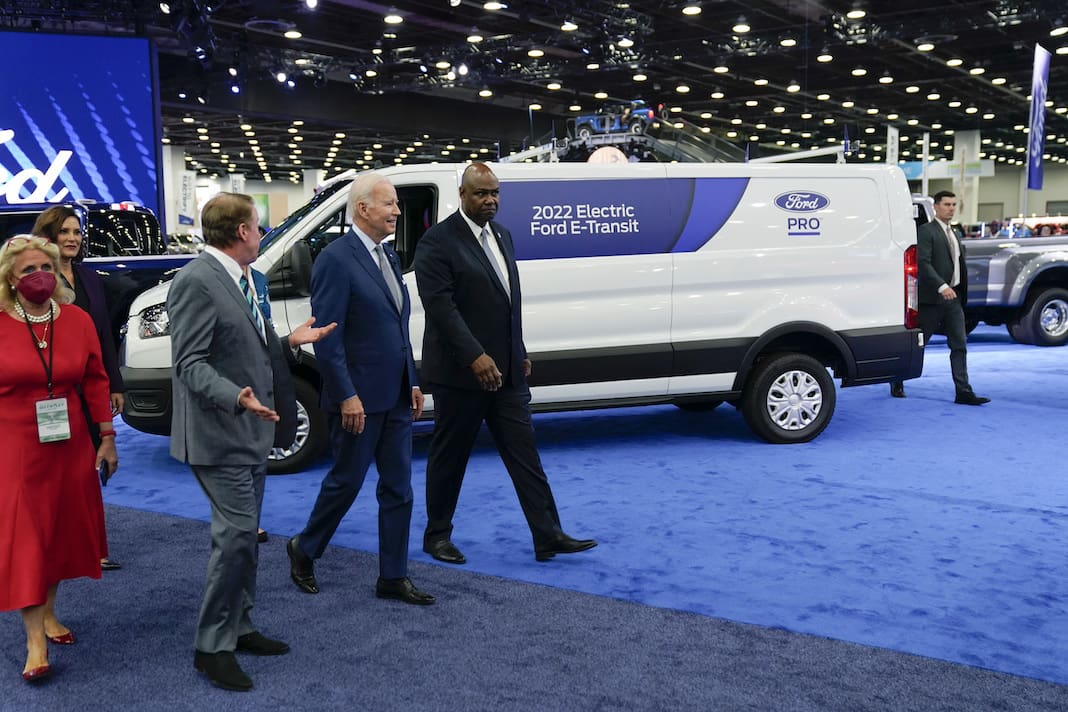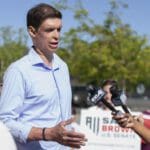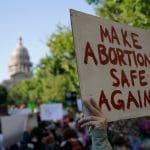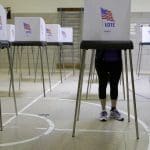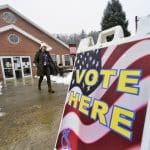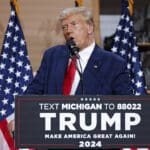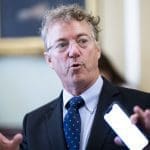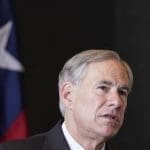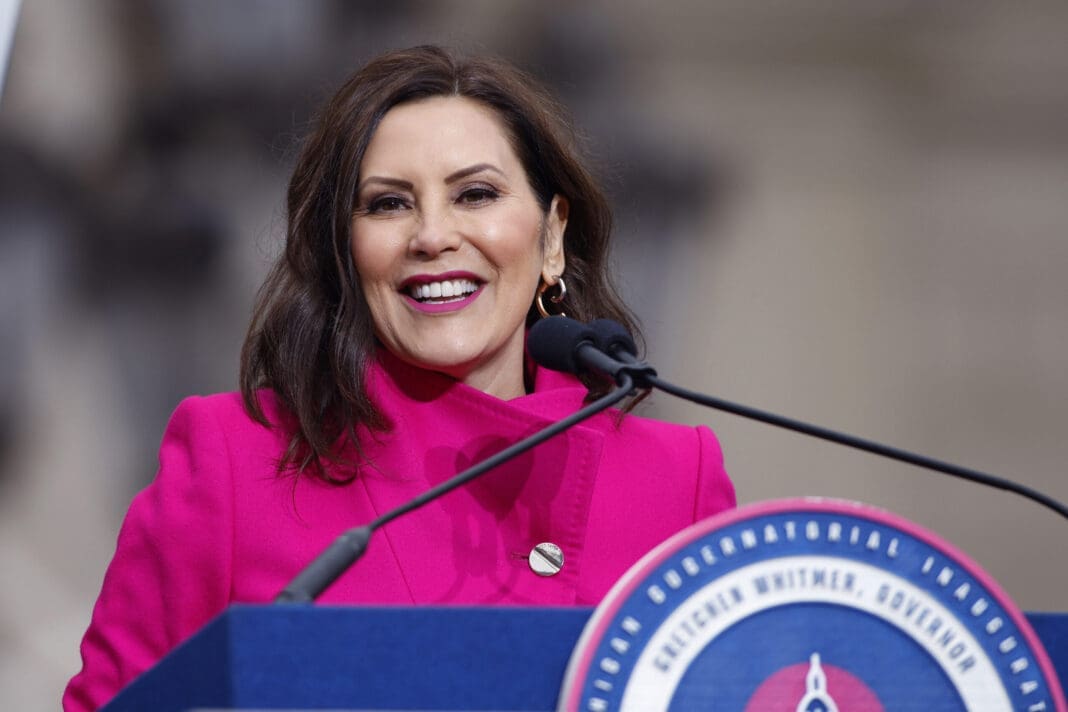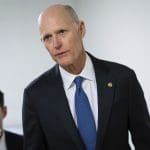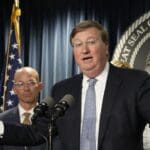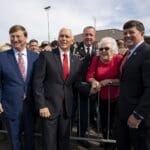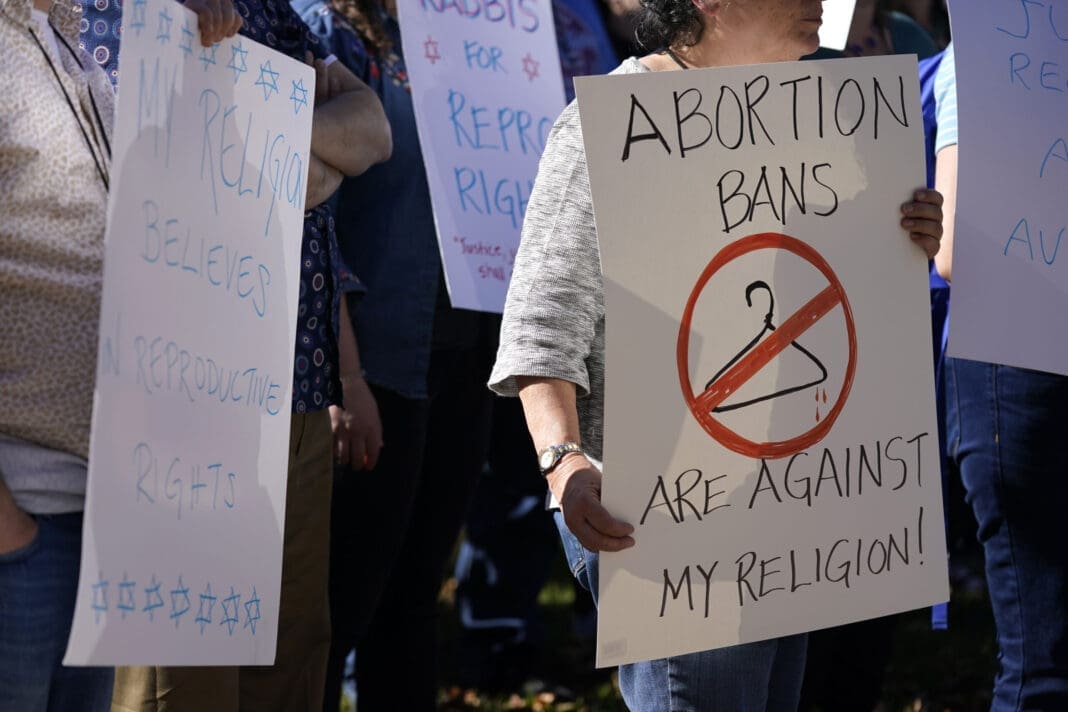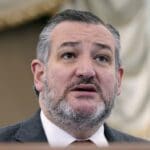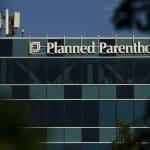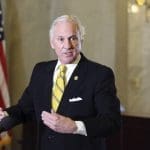Fact check: Trump spends the week lying about testing, travel, and Ivanka
Trump falsely asserted that travelers at U.S. airports are being routinely tested for COVID-19, made groundless accusations against a government watchdog, and wrongly claimed the Obama administration did nothing during a flu pandemic.
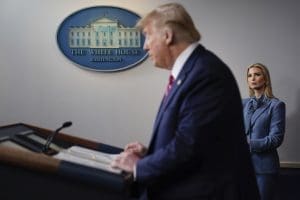
Defending his administration’s response to the coronavirus, Donald Trump falsely asserted that travelers at U.S. airports are being routinely tested for COVID-19, made groundless accusations against a government watchdog, and wrongly claimed the Obama administration did nothing during a flu pandemic.
Meanwhile, with many businesses shuttered during the outbreak, Trump claimed his daughter Ivanka created over 15 million jobs for the U.S. That’s a complete illusion.
A look at some of his claims:
ECONOMY
TRUMP, with his daughter Ivanka in the Roosevelt Room of the White House: “She created over 15 million jobs.” — speaking Tuesday with bankers via video conference about virus aid for small businesses.
THE FACTS: That’s nowhere near reality. Before the coronavirus became widespread, less than half that many jobs were added to the entire U.S. workforce during Trump’s presidency, and his daughter was not responsible for them. Now, with nearly 10 million people seeking unemployment benefits in just the past two weeks, those jobs have all been lost. Most economists forecast the unemployment rate will jump to 10% or higher in early May.
Trump is referring to a White House initiative led by Ivanka Trump that has garnered nonbinding commitments from companies to provide 14 million or so training opportunities in the years ahead. Training for a job is not working at a job for money.
There’s no telling how many workers were already going to be trained, absent the initiative. In many cases, the pledge simply confers a presidential seal of approval on what some companies are doing anyway. By having companies sign the pledge, the administration is relying on the private sector to take on more of the financial burden of training workers.
___
TRAVEL RESTRICTIONS
TRUMP, explaining his hesitancy to suspend U.S. domestic flights to stem spread of the virus: “They’re generally very, very empty planes. … There’s also testing done when people get onto those planes and also when people get off the planes.” — news briefing Monday.
THE FACTS: False. There’s no evidence to support his suggestion that travelers at U.S. airports are being regularly tested, let alone when they both get on and off the planes.
There are coronavirus screenings of some passengers arriving at 13 major U.S. airports on international flights, which involve temperature checks and questioning by U.S. agents about possible symptoms. Some states are also screening passengers who are arriving from hard-hit coronavirus areas in the U.S. and asking them to self-isolate. None of that is the same as getting a COVID-19 test, and there are plenty of gaps in containment.
The screenings, for instance, can miss people who don’t yet show symptoms of COVID-19; while symptoms often appear within five or six days of exposure, the incubation period is 14 days.
The checks on international travelers are primarily conducted for American citizens, legal permanent residents, and their immediate families who recently visited certain countries — many parts of Europe, as well as China and Iran.
Some states, including Florida and Texas, also said they will screen airline passengers arriving from New York, New Jersey, and Connecticut and ask them to self-quarantine for 14 days. Texas is also requiring screenings for people arriving from New Orleans.
___
TRUMP: “Nobody has done more testing … If (other countries) did the kind of testing proportionally that we are doing, they’d have many more cases than us.” — news briefing Monday.
THE FACTS: That’s flat wrong. While more tests mean more known cases, the U.S. lags proportionally in testing its citizens. South Korea, for example, actually has a higher rate of testing. It also has fewer known cases, both in absolute terms and as a percentage of its population.
One test has been done for every 105 South Koreans, compared with one for every 165 Americans.
Altogether, South Korea has conducted 477,000 tests; the U.S. has conducted 2 million. But South Korea’s population is six times smaller.
The U.S. only recently surpassed South Korea in the total number of tests, even though both countries reported their first confirmed cases on the same day in January.
The U.S. count of infections is now going up fast in part because the virus is spreading and in part because of a test shortage that lasted weeks, as well as a backlog in laboratories reporting results. U.S. testing continues to be constrained by shortages of key supplies, including sampling swabs, and backlogs of tens of thousands of unprocessed tests.
Daily case counts are rapidly rising in the U.S. and are currently over 370,000. South Korea, which emphasized early widespread testing and strict containment, saw less of a spike in cases, and its curve has leveled off at 10,300. That would be close to 70,000 cases if its population were the same as the U.S.
___
GOVERNMENT RESPONSE
TRUMP, saying his administration is doing a “great job” handling the coronavirus: “Take a look at the swine flu. That’s H1N1 … It was a disaster. 17,000 people died. The other administration, they didn’t even know — it was like they didn’t even know it was here.” — news briefing Monday.
THE FACTS: His suggestion that the Obama administration was oblivious and did nothing during the 2009 H1N1 pandemic, initially called “swine flu,” is wrong.
Then, the Centers for Disease Control and Prevention’s flu surveillance network actually sounded the alarm, spotting two children in California who were the first diagnosed cases of the new flu strain. About two weeks later, the U.S. declared a public health emergency and CDC began releasing anti-flu drugs from the national stockpile to help hospitals get ready. In contrast, Trump declared a state of emergency in early March, seven weeks after the first U.S. case of COVID-19 was announced.
As for thousands dying, it actually turned out that the new H1N1 strain was less deadly than average seasonal flu. But even that comparison is problematic, because regular flu years are deadliest for the elderly, while H1N1 was riskiest for younger people.
Recommended
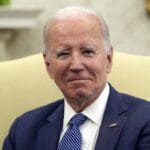
Biden campaign launches new ad focused on Affordable Care Act
Former President Trump has said he wants to do away with the popular health care law.
By Kim Lyons, Pennsylvania Capital-Star - May 08, 2024
Ohio doctors fear effects of emergency abortion care case set to go before U.S. Supreme Court
A federal law that allows emergency departments to treat patients without regard to their ability to pay will be under U.S. Supreme Court scrutiny this week, and Ohio doctors are concerned about the case’s local impact on emergency abortion care.
By Susan Tebben, Ohio Capital Journal - April 23, 2024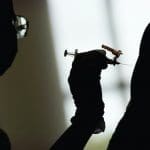
House GOP votes to end flu, whooping cough vaccine rules for foster and adoptive families
A bill to eliminate flu and whooping cough vaccine requirements for adoptive and foster families caring for babies and medically fragile kids is heading to the governor’s desk.
By Anita Wadhwani, Tennessee Lookout - March 26, 2024





